The 1930s were a dark age for the global economy, with pessimism pervading most levels of society. But as gloom descended upon mankind, a handful of relentless visionaries maintained the spirit of progress, like isolated beacons in a fog. Their work embodied a persistent belief that the darkness would lift, revealing a dazzling future. One of them was Norman Bel Geddes, an American artist and designer, who introduced the streamlined aesthetic to the shipping world, producing some of the most provoking designs that never left the drawing board.
Art Deco, Without the Deco
Like all other financial crises, the Great Depression shifted the focus from beauty to utility, making intricate decorative designs a thing of the past. While still keeping its bold, industrial spirit, the Art Deco style shed much of its ornamentation, maturing into the demure and minimalistic visual philosophy of Streamline Moderne. In addition, the birth of aviation triggered rapid advances in aerodynamics, highlighting the importance of streamlined shapes in overcoming fluid resistance.
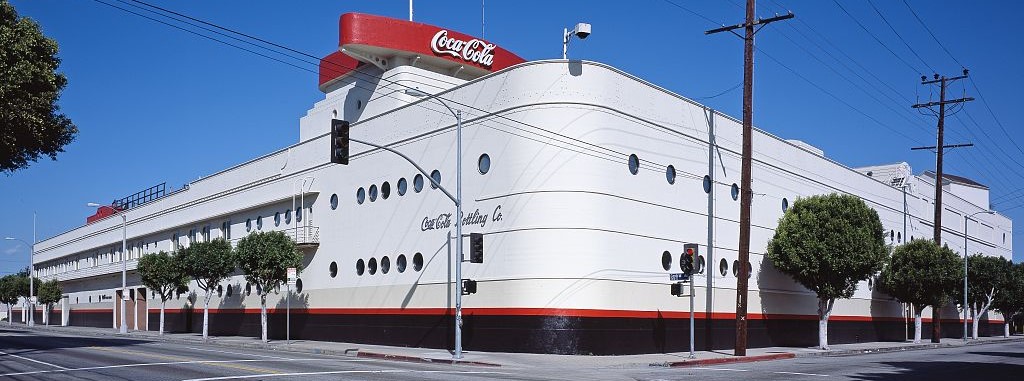
Both of these developments came together to produce a design trend that went far beyond aviation, reaching even the most mundane corners of everyday life, like vacuum cleaners and alarm clocks.
The Whale
Born in 1893, Norman Bel Geddes was a creative powerhouse for 20th-century futurism. Having started his career in advertising and designing sets for Broadway and Hollywood, the prolific visionary switched to the industry, where he left his most lasting legacy. Despite many successful designs for technology giants like Electrolux and IBM, the artist always had a passion for transportation – airplanes, trains, ocean liners – and most ship enthusiasts associate his name with the Whale, now an icon of retrofuturism.

Like many industrial pioneers, Bel Geddes drew inspiration from nature, the original creative force behind functional beauty. To the modern eye, the unorthodox liner looks like the love child of an airplane and a submarine, but in the distant 1932, she bore no resemblance to anything the world had ever seen.
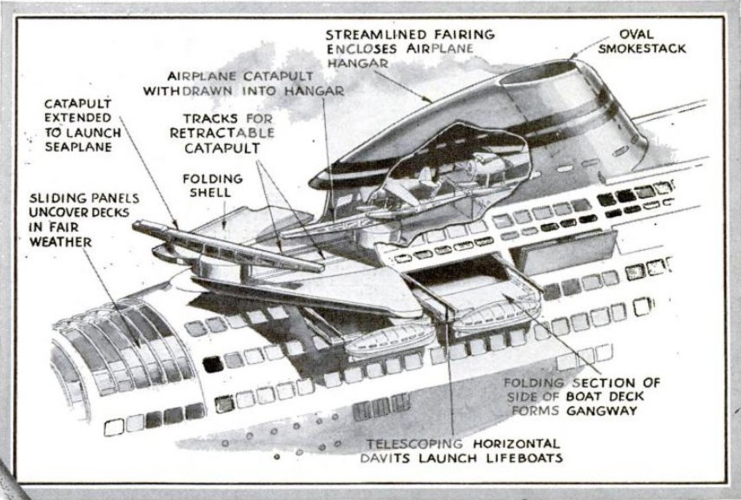
To eliminate air turbulence and maximize speed, the vessel’s rounded superstructure had no permanent open spaces, while the hull below mimicked the streamlined torso of a porpoise. Convinced that aerodynamics had an important role on the water, Bel Geddes tested his models in a wind tunnel, trying to prove their superiority over the angular designs of Queen Mary and the Olympic. Inspired by the German liners Bremen and Europa, Bel Geddes also added catapults for two seaplanes, reaffirming the Whale’s futuristic flare.

Even though Bel Geddes later on scaled down the provocative concept to the dimensions of a luxury yacht, his maritime designs found no market in the real world. But while we never saw the Whale on the high seas, famous liners like the SS United States undeniably borrowed from the streamlined aesthetic.
Don’t forget to visit The Shipyard Shop!
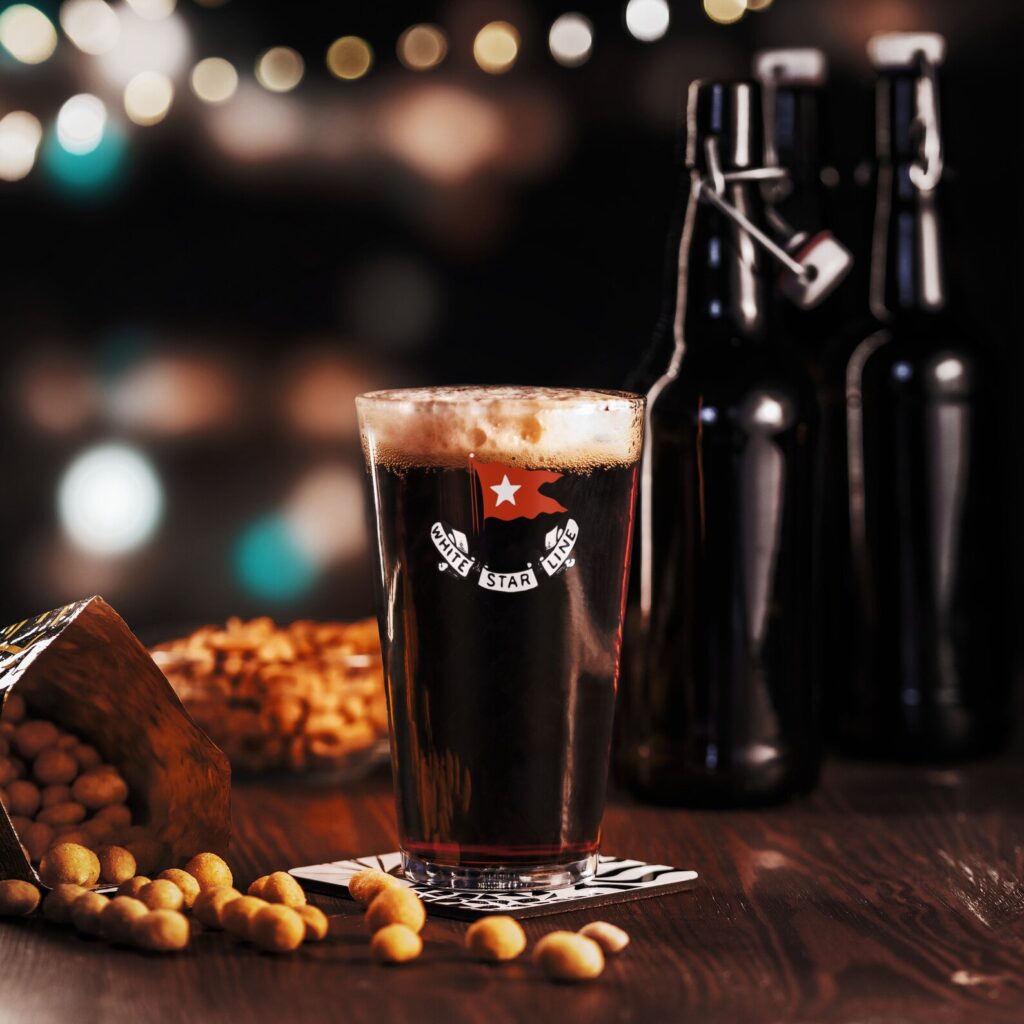
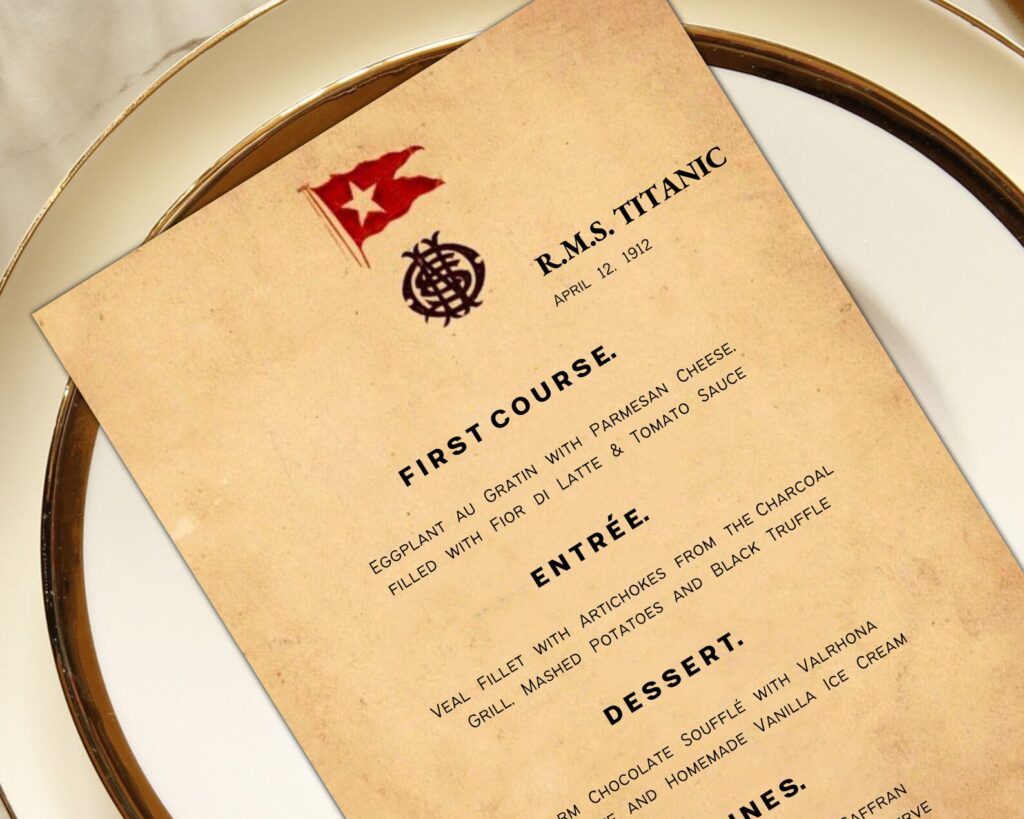
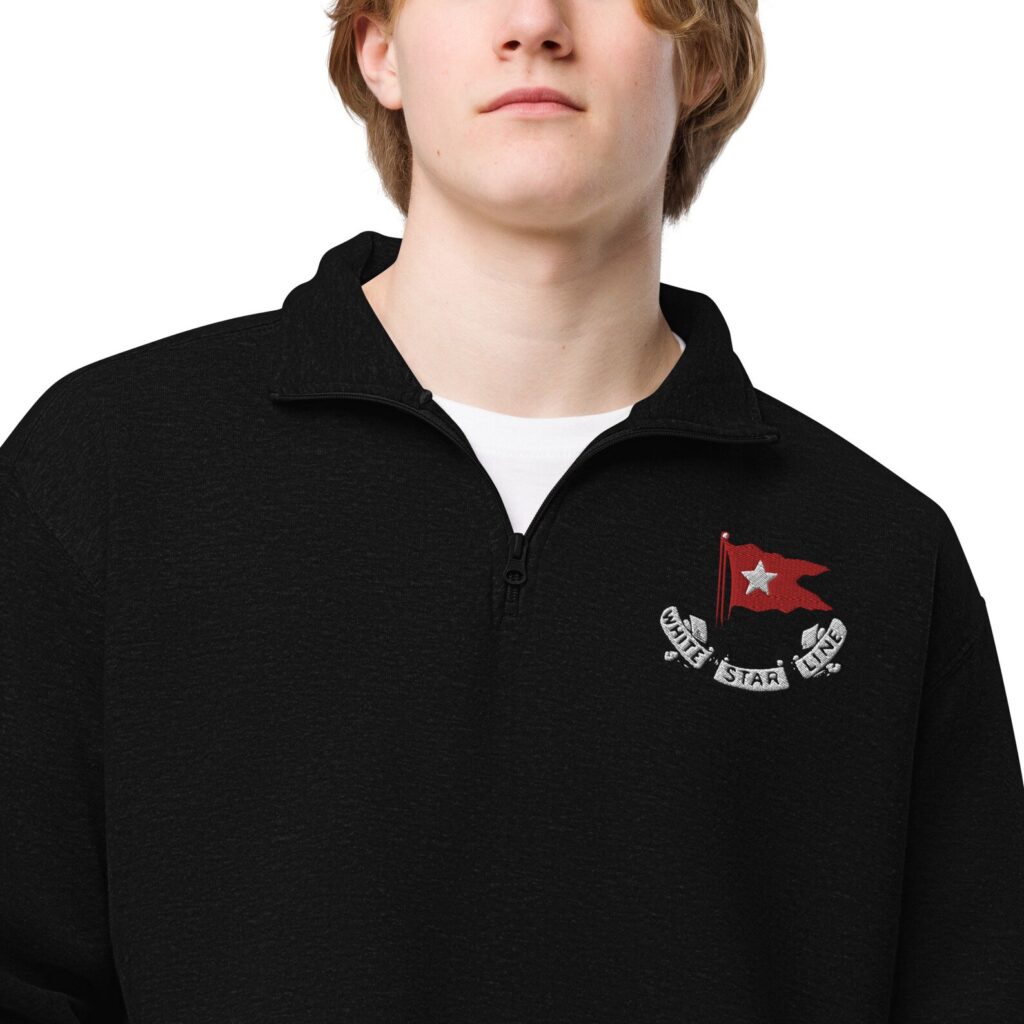
MV Kalakala
As the Great Depression dragged on, streamlined Art Deco only increased in popularity, its minimalistic lines luring businesses with lower manufacturing costs. The first notable streamlined vessel to hit the water was the 1935 ferry Kalakala, plying the Puget Sound for the next 30 years. Decades before the Space Age, the Kalakala looked ready for the stars, with an uncompromising projectile-silhouette and a welded hull. Inside, she was just as impresive, offering ample space for gentlemen to indulge in endless smoking and ladies to socialize in a luxury environment.
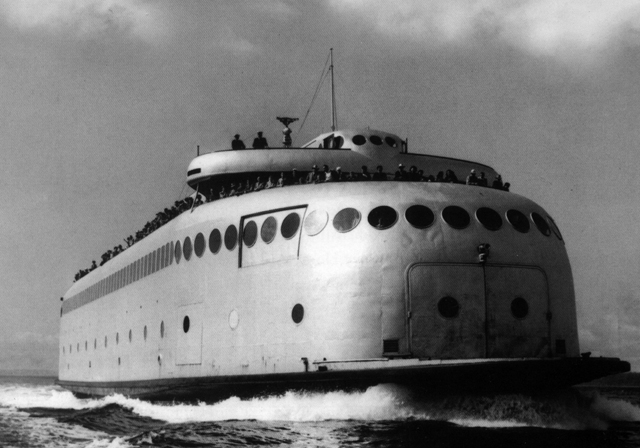
The Kalakala carried more than 1 million passengers a year, and such glamorous career made it even sadder when she was sold off in 1967 and retired as a floating cannery in Alaska. A Seattle native brought her back to Washington in the 1980s, but he never raised enough capital for the planned restoration, leaving her to rust on Lake Union. After a long list of owners, the worn-out old lady was finally laid to rest in 2015.
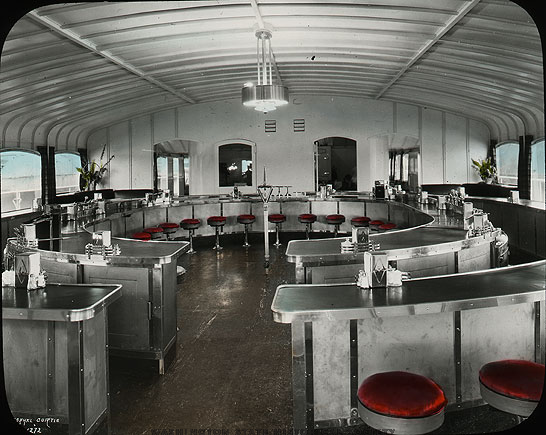
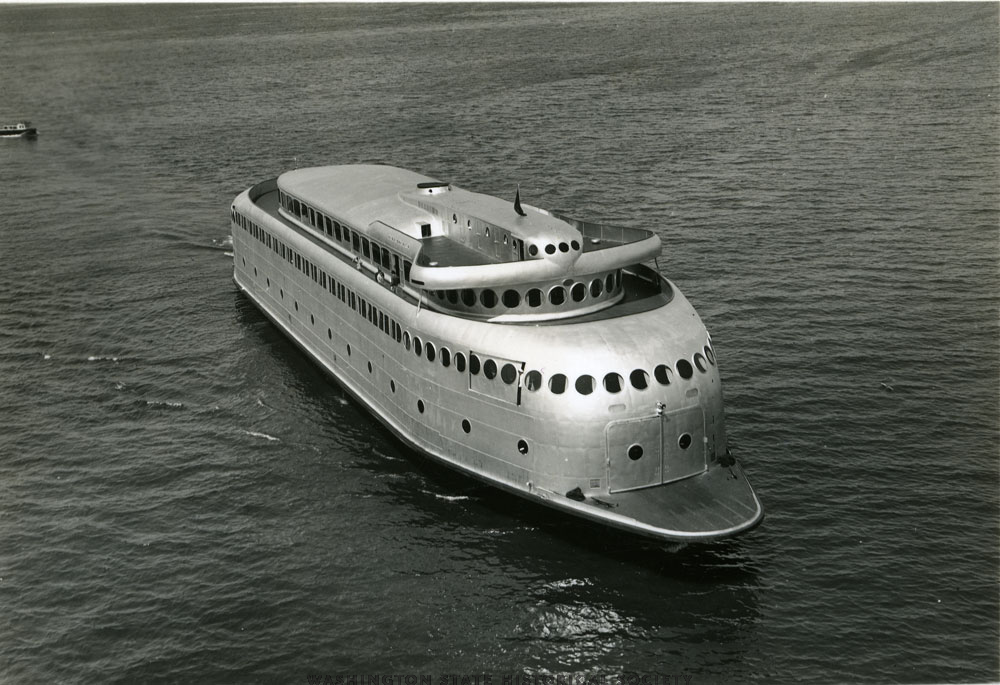

SS Admiral
Five years after Kalakala and 2,000 miles to the southeast, another streamlined wonder made a grand debut, this time on the Mississippi River. The gorgeous SS Admiral had humble roots, a dazzling reincarnation of a retired rail ferry. Nevertheless, a bold vision and some solid funding from Streckfus Steamers turned the old boat into a sci-fi afficionado’s dream – a spaceship-inspired party vessel for 4,000 jolly passengers and a ballroom large enough for half of them.
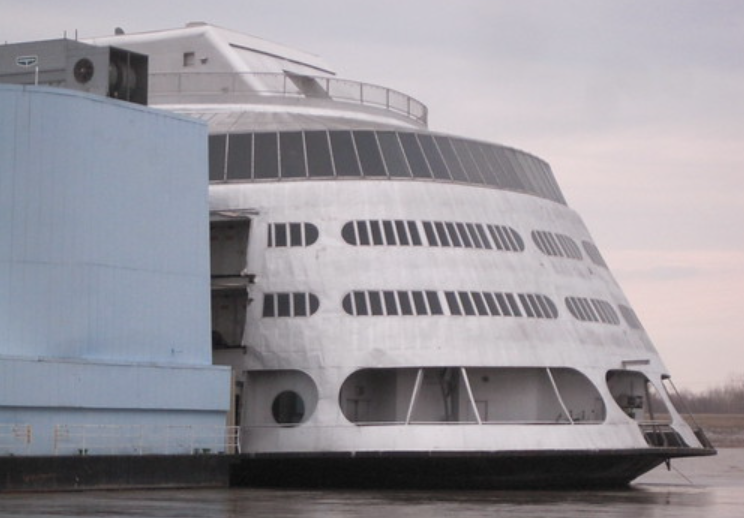
As far as inland cruises went, Admiral was the pinnacle of luxury, with cocktails flowing faster than the river and music blasting through the balmy southern nights – B.B. King, Muddy Waters, Fats Domino. The owners advertised her as fun for the entire family, but her sultry ballroom and smoke-filled bars must have been a peculiar experience for the wee ones.
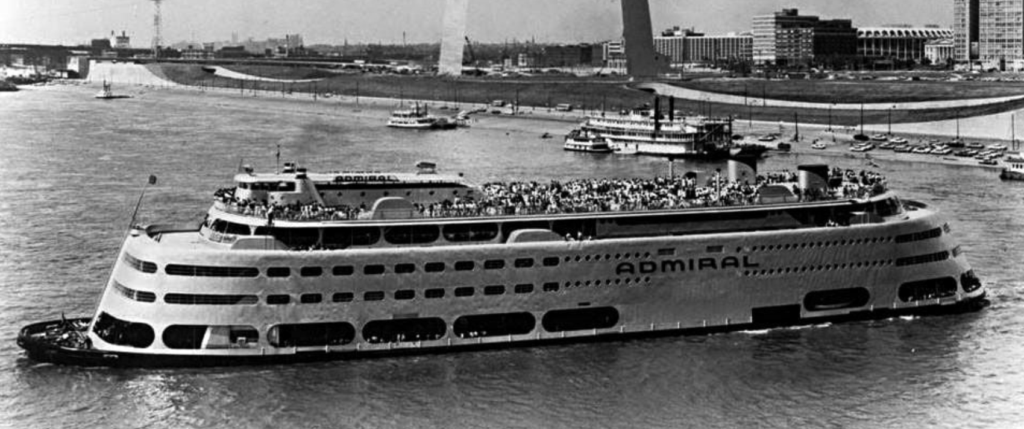
The Admiral was decommissioned in 1979, and after decades of tortuous, unsuccessful renovations, the futuristic queen of the Mississippi was scrapped in 2011.
SS Princess Anne
Although claiming inspiration from Norman Bel Geddes, this 1936 ferry on Chesapeake Bay diverged from the gentle designs of the legendary artist, donning instead the rugged and muscular silhouette of a powerful locomotive. Although unmistakably streamlined, the Princess also paid homage to the imposing hulls of classical steamers, her rounded superstructure hiding behind a tall, chiseled bow.
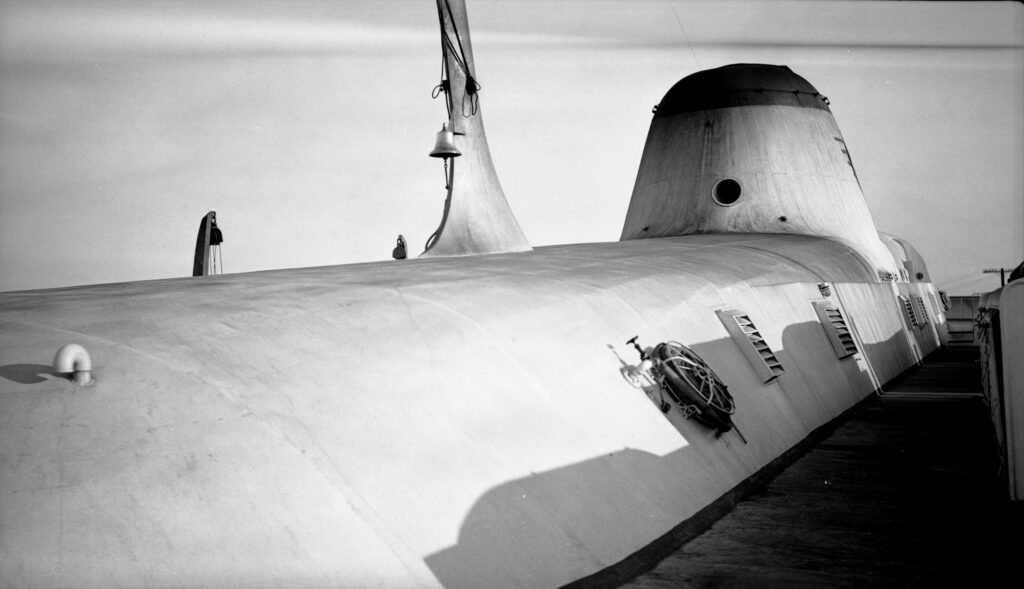
At the time of construction, she was one of the largest vehicular ferries in the world and the most expensive ferry ever built in the United States – money well-spent, considering she was also the most striking. In the spirit of retrofuturism, however, the Princess Anne’s ultramodern exterior housed two good-old steam engines, totaling 3,014 hp and cranking up the speed to 16 knots.
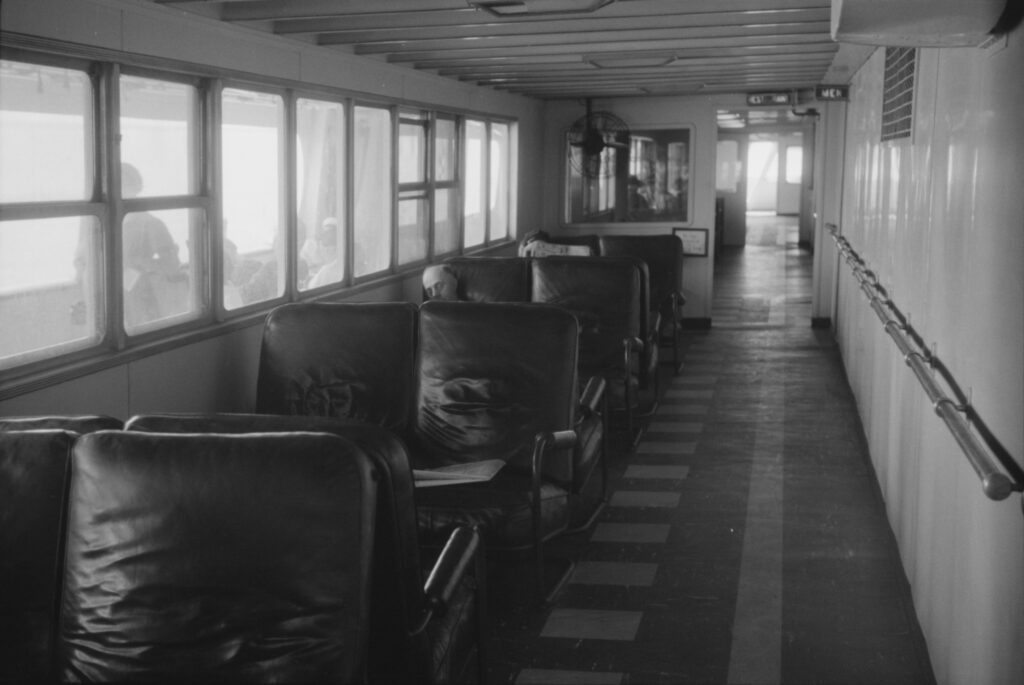
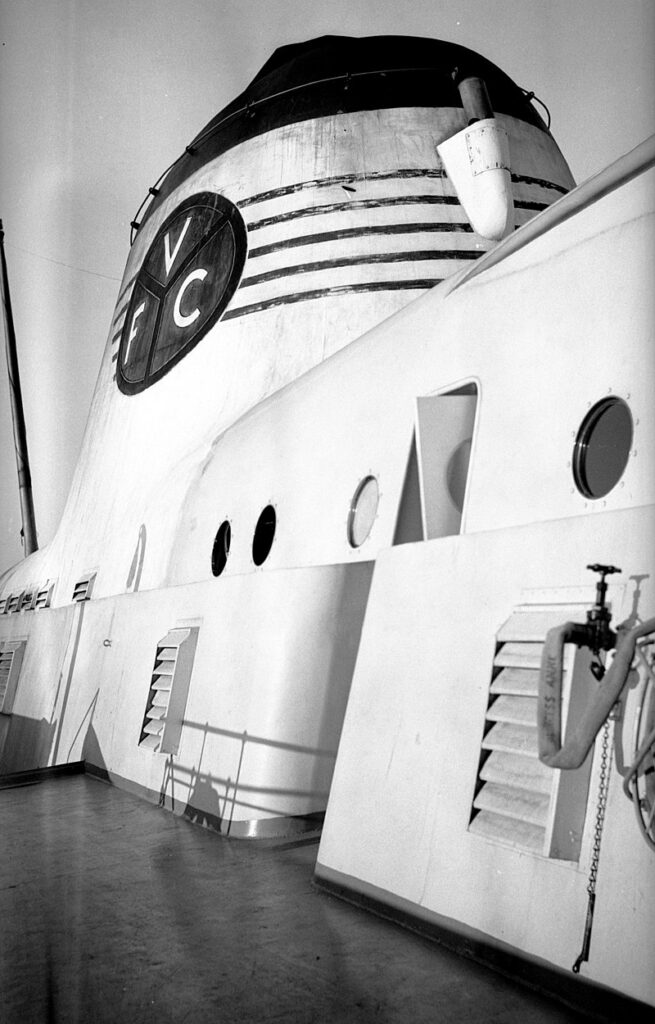
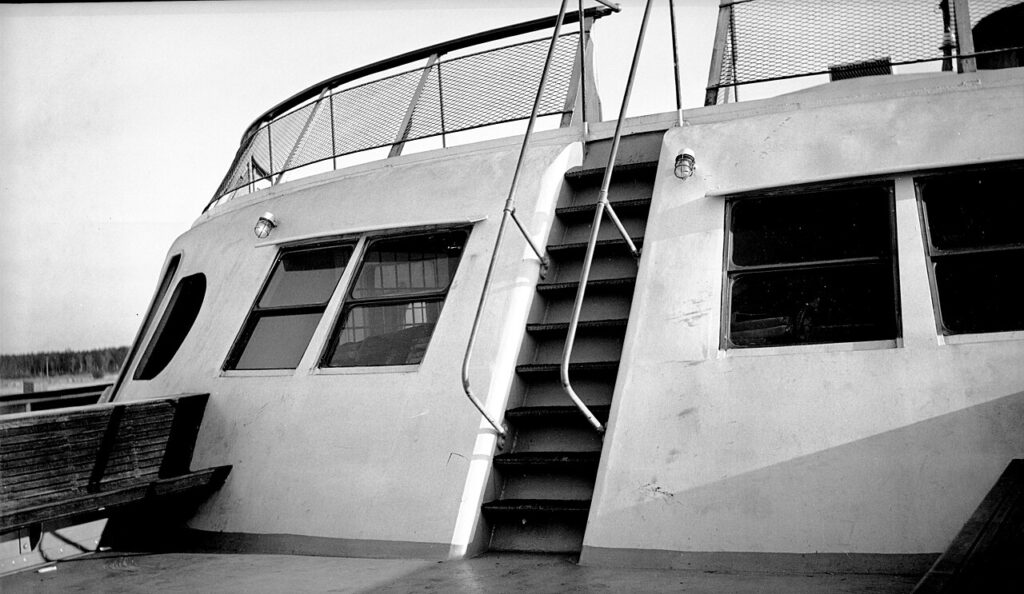
After almost three decades of faithful service, as it so often happens, she was replaced not by another ferry but by a bridge. Launched in 1964, the Chesapeake Bay Bridge and Tunnel could handle all the heavy traffic in the area, leaving no room for an aging vessel, albeit one of the symbols of the bay. Good news for hobby divers, though: the ferry now lies at 100 ft depth off the coast of Palm Beach, Florida.
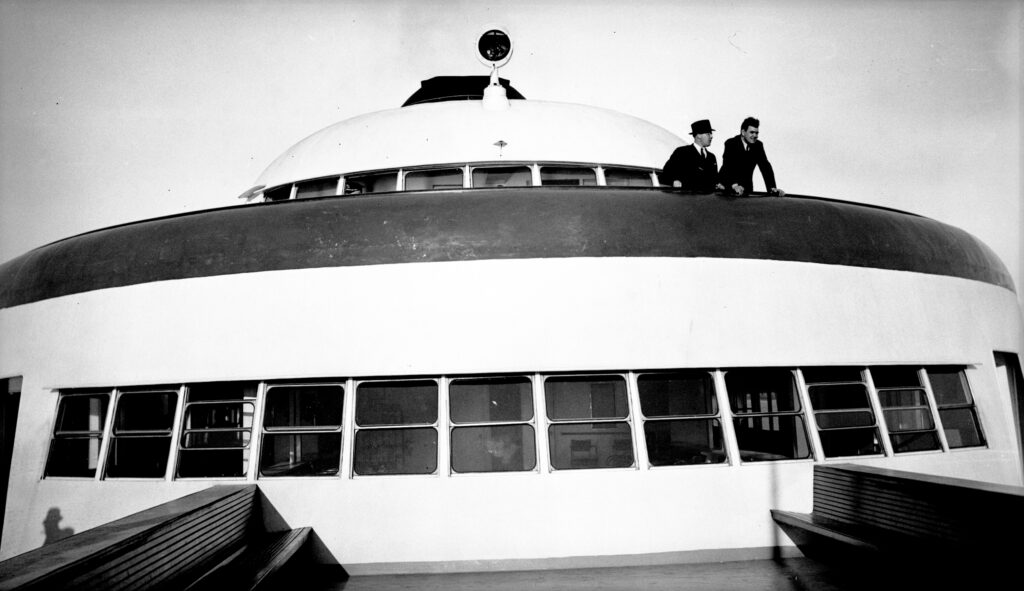

The Shipyard
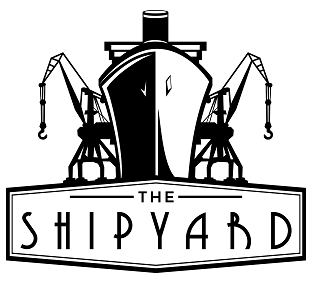
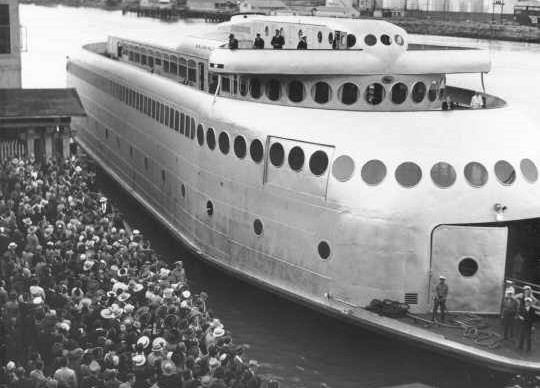
That Kalakala ship!!! Omg 🙂
I wish I could have seen her in person!